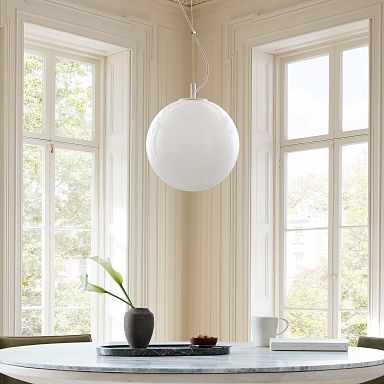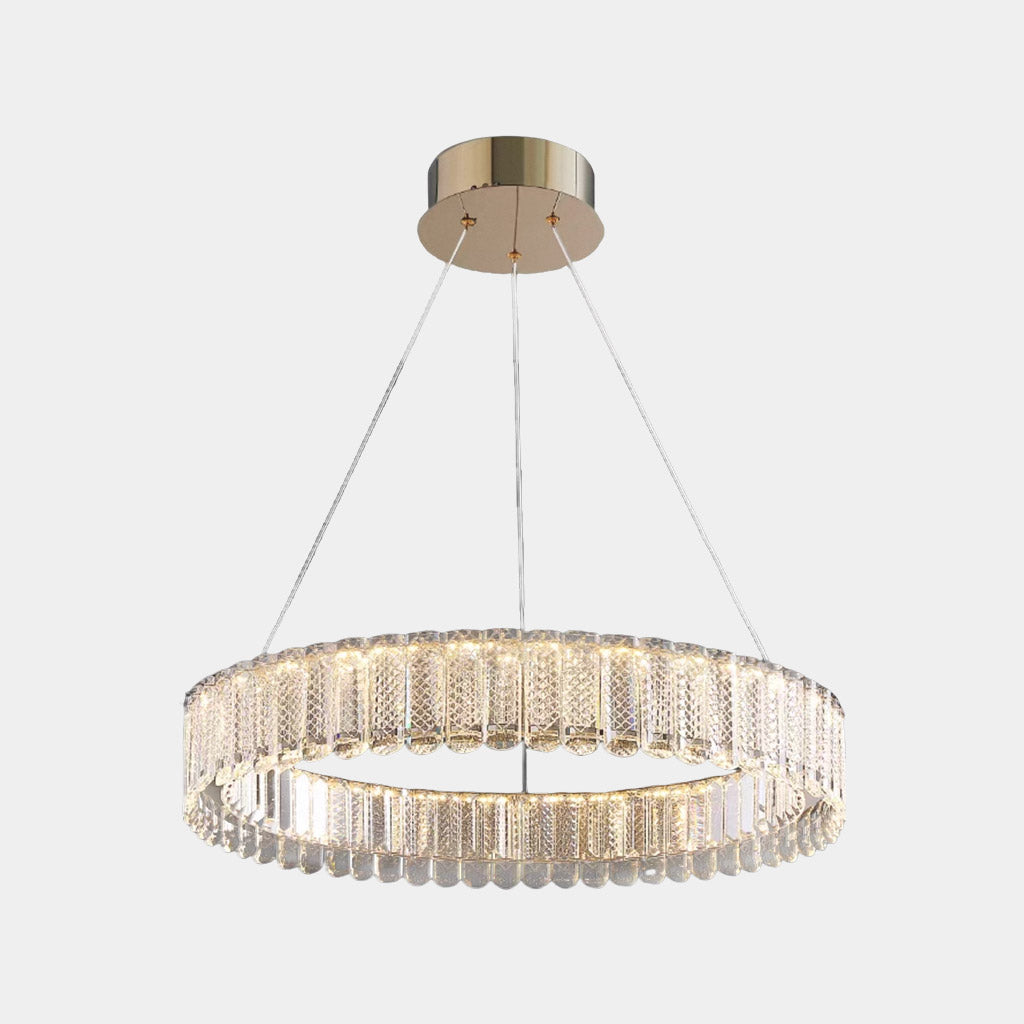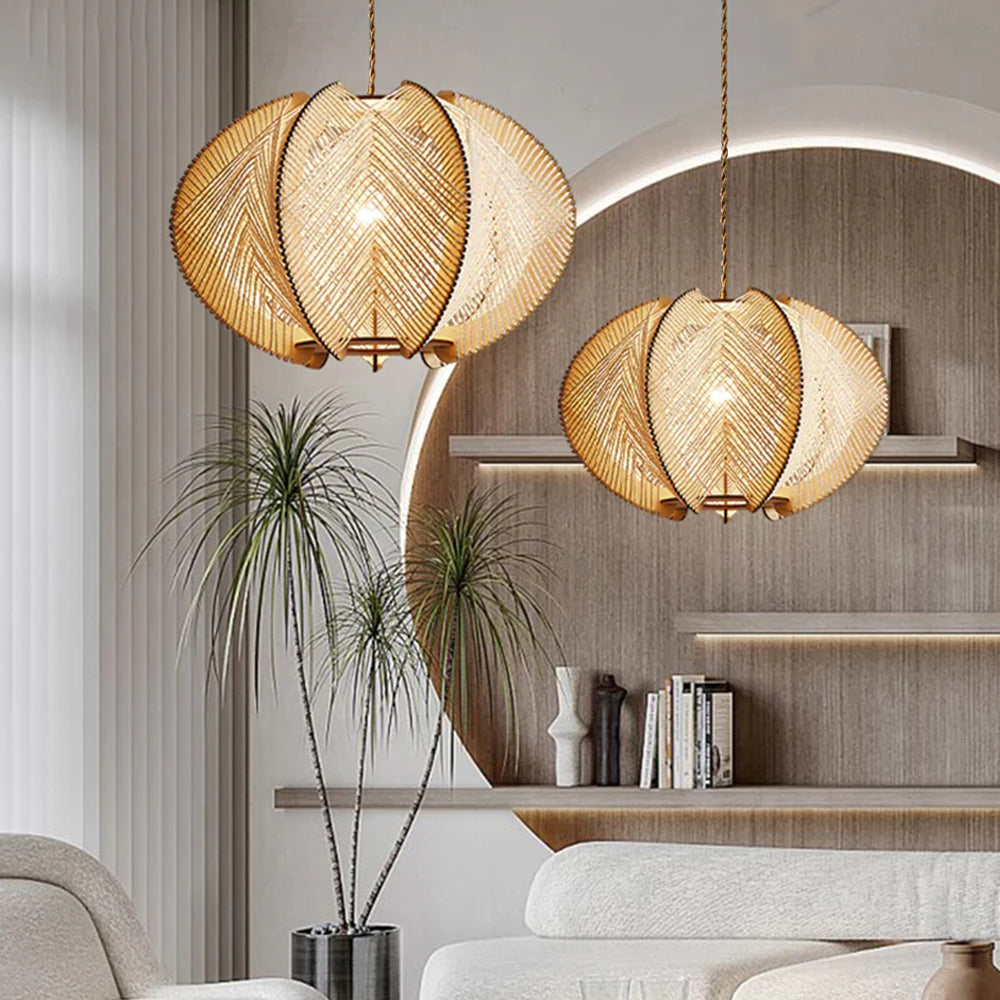A Comprehensive Overview to Installing and Preserving Your Pendant Light
Setting up and maintaining a necklace light needs careful planning and implementation. Proper elevation dimensions can boost both performance and style. Vital tools and a clear setup procedure are crucial for a successful arrangement. Normal maintenance warranties longevity and performance. Recognizing these components can change a space. Nevertheless, understanding where to start could seem intimidating. What actions should one focus on to attain the most effective outcomes?
Comprehending Pendant Light Styles
While several homeowners seek to enhance their rooms with Pendant lighting, understanding the different designs offered is vital for making an informed choice. Pendant lights come in a multitude of designs, each offering one-of-a-kind visual and functional advantages. Standard Pendant lights often feature timeless shapes and products, such as glass or metal, offering a timeless allure. Contemporary layouts, on the other hand, may include bold colors and innovative materials to develop striking focal factors.
Industrial-style pendants often utilize resources like exposed bulbs and rustic coatings, appropriate for lofts and contemporary setups. For a much more wayward touch, vintage-inspired options stimulate fond memories with intricate details and retro finishes. Additionally, minimalist designs concentrate on simpleness and clean lines, interesting those who choose understated elegance. Comprehending these diverse styles permits homeowners to select Pendant lighting that not only enhances their decoration yet also serves their practical illumination requires successfully.
Gauging the Perfect Height for Your Pendant Light
Exactly how does one figure out the best elevation for a necklace light? To accomplish the most effective functionality and aesthetic allure, several elements must be considered. Normally, a pendant light need to hang 30 to 36 inches over a table to guarantee sufficient illumination without obstructing sights. Precede with high ceilings, the component might be positioned somewhat greater to preserve proportionality.
For kitchen area islands, a height of 28 to 34 inches above the kitchen counter is generally recommended, permitting appropriate light protection while preserving a welcoming atmosphere. In living locations, the Pendant must be hung at an elevation that complements the bordering decoration and does not create a risk for people strolling beneath it.
Ultimately, personal preference and space measurements play significant duties in determining the excellent height. Checking various elevations prior to last setup might help achieve the wanted effect and capability.
Tools and Materials Needed for Installment
Successful installation of Pendant lights calls for a particular collection of materials and devices to ensure a smooth procedure. Essential devices include a screwdriver, cord pole dancer, and a drill, which promote protected fixture add-on and correct wiring. A voltage tester is important for verifying security by ensuring that power is off prior to starting any kind of electric work.
Along with devices, particular materials are required for installation. These consist of the Pendant lighting fixture itself, electrical circuitry, wire nuts for protected connections, and mounting hardware. A ceiling hook might likewise be called for, relying on the component's style.
For added safety and benefit, a ladder will certainly assist within high ceilings, while a level assures that the light hangs uniformly. Preparing these tools and products ahead of time simplifies the installment procedure, making it much more effective and effective. Appropriate preparation is important to attaining an effective Pendant light installation.
Step-by-Step Setup Refine
With the necessary devices and materials gathered, the installation procedure for Pendant lights can begin. The power supply must be turned off at the circuit breaker to ensure safety and security. Next, the placing bracket requires to be connected to the electrical box in the ceiling. After safeguarding it, the electrical contractor's tape need to be used to cover any type of exposed cables.
Adhering to that, the Pendant light's wires are linked to the corresponding cords in the ceiling: black to black (or red), white to white, and eco-friendly or copper for ground. As soon as the links are made, they should be protected with wire nuts.
The Pendant light can after that be affixed to the installing brace, ensuring it hangs at the preferred elevation. The light bulb is put, and the power is turned back on at the circuit breaker, enabling the brand-new Pendant light to light up the space.
Maintaining and Cleaning Your Pendant Light
What actions should be taken to ensure the long life and visual charm of Pendant lights? Normal upkeep and cleaning are essential in protecting their elegance and functionality. Dust and dust can accumulate on Pendant lights, reducing their sparkle. To clean, a soft, lint-free cloth or microfiber towel must be utilized, in addition to a gentle cleaner ideal for the surface material - Pendant Light. For glass or crystal pendants, a glass cleaner can enhance clarity without touches
It is suggested to shut off the light and allow it to cool before cleansing. Additionally, evaluating the component for loose light bulbs or links regularly guarantees safety and height performance. If applicable, transforming light bulbs routinely prevents strain on electrical parts. Lastly, preserving a risk-free environment by preventing exposure to dampness can considerably prolong the life of Pendant lighting. Following these actions will keep Pendant lights looking their finest while operating successfully.
Troubleshooting Usual Pendant Light Issues
When pendant lights malfunction, several typical issues might occur, including flickering light bulbs, wrong setup, and voltage fluctuations. Recognizing the origin is necessary for reliable fixing and making sure peak performance. Attending to these issues quickly can enhance the long life and performance of Pendant lighting components.
Flickering Light Bulbs
Flickering light bulbs can be a resource of irritation for property owners, usually indicating underlying electric problems or simple upkeep demands. This sensation may originate from loose light bulb connections, where the light bulb is not securely fitted into the socket, creating intermittent contact (Pendant Light). Additionally, damaged or aging bulbs might flicker as they near completion of their lifespan. One more common cause is irregular voltage, which can arise from problems within the electric system or overloading circuits. Homeowners should likewise check for damaged circuitry, as this can lead to flickering and click reference present security risks. Timely substitutes and normal evaluations are important to assure proper performance and to preserve a secure home setting. Identifying the origin promptly can avoid more complications

Incorrect Installment Concerns
Inappropriate setup of Pendant lights can cause a variety of issues that may resemble those triggered by flickering bulbs. Common troubles consist of loose wiring links, which can interrupt the flow of electrical power and lead to periodic lights. In addition, if the mounting brace is not firmly secured, the Pendant may hang erratically, producing an unstable component that can trigger vibrations or sound. Inaccurate bulb kinds or wattage can likewise add to efficiency problems, as incompatible light bulbs may not operate effectively in the fixture. Lastly, poor spacing from the ceiling can create darkness or decrease light circulation, decreasing the designated effect of the Pendant light. Recognizing and attending to these installation mistakes is necessary for achieving correct functionality and visual appeal.
Voltage Variation Issues
Pendant lights can enhance a space's ambiance, voltage variations can lead to significant efficiency concerns. These fluctuations may create flickering lights, minimized brightness, or perhaps early light bulb failure. To identify such troubles, one need to first inspect the lighting fixture's compatibility with the voltage supply. Utilizing a multimeter can aid measure voltage degrees and recognize irregularities. It might be essential to evaluate the electric system for loose links or damaged circuitry if voltage concerns linger. In many cases, speaking with a licensed electrician is suggested to assure security and compliance with regional codes. Appropriately resolving voltage variations not just boosts the performance of Pendant lights however likewise prolongs their life expectancy and improves general illumination high quality.
Enhancing Your Area With Pendant Light Placement
Efficient Pendant light placement can significantly improve an area by adhering to perfect height guidelines, making certain the appropriate lighting degree. Layering these lights with other sources can create a well balanced environment, highlighting centerpieces within the room. Achieving an unified appearance requires mindful consideration of both the component's placement and its relationship with surrounding elements.
Optimal Elevation Guidelines
When contemplating the ideal elevation for Pendant lights, a basic standard suggests hanging them approximately 30 to 36 inches above a countertop or table surface area. This elevation enables for maximum illumination while ensuring that the light does not block views or develop dangers. In dining locations, Pendant lights must be positioned to boost the eating experience, normally around 28 to 34 inches above the table. For cooking area islands, preserving uniformity throughout multiple necklaces can create a cohesive look; spacing them evenly and sticking to the suggested elevation improves capability. It is vital to consider ceiling elevation as well, as greater ceilings may need adjustments to preserve proportionality and visual allure. Proper height placement greatly adds to the overall atmosphere of a space.
Layering With Other Lights
As Pendant lights are incorporated into a more comprehensive lights style, they can significantly improve the atmosphere of an area. Their flexibility allows them to be layered with ambient, task, and accent illumination, developing a harmonious equilibrium. Combining pendant lights with recessed lights can supply general lighting while highlighting specific areas. Task illumination, such as under-cabinet lights, can enhance pendants in kitchens, guaranteeing performance without giving up design. Accent lights, like wall surface sconces, can further enrich the atmosphere, accentuating artwork or architectural functions. By purposefully positioning these light sources, house owners can achieve depth and dimension, transforming a normal area right into a beautifully illuminated setting that deals with numerous activities and state of minds.
Focal Points and Balance

Purposefully put Pendant lights can function as enchanting prime focus within a space, drawing the eye and improving the overall visual. When choosing pendant lights, it is important to take into account their dimension, form, and shade to ensure they complement the existing design. For instance, a strong, extra-large Pendant can produce a striking focal point above a table, while smaller fixtures may function much better in clusters to achieve a well balanced appearance. Furthermore, placing Pendant lights at varying elevations can include depth and visual interest to the area. Preserving equilibrium with other elements, such as furnishings and wall surface colors, will make certain that the Pendant lights enhance the space without frustrating it. Thoughtful positioning transforms the ambiance, creating a harmonious and welcoming ambience.
Frequently Asked Inquiries
Can I Set Up a Pendant Light in a Recessed Ceiling?
The question of whether a necklace light can be mounted in view it now a recessed ceiling commonly develops. Typically, it is feasible with proper mounting hardware, making certain correct assistance and electrical connections for efficient and safe setup.
What Kind of Light Bulb Is Ideal for Pendant Lighting?
When picking light bulbs for Pendant lights, LED alternatives are often chosen because of their power performance and long life. In addition, the shade temperature level should match the desired ambiance, with cozy white being a preferred selection for relaxing setups.
Are Pendant Lights Safe for Outdoor Use?

Exactly how Do I Select the Right Pendant Light Electrical Power?
Picking the ideal Pendant light power level involves evaluating the room's dimension, preferred brightness, and component compatibility. Usually, lower power levels match ambient lighting, while greater power levels give task lights, guaranteeing capability and aesthetic charm.
Can I Utilize a Dimmer Switch Over With My Pendant Light?
The question occurred whether a dimmer switch can be utilized with a necklace light. Typically, if the light and bulb work, a dimmer button can efficiently improve ambiance and control brightness degrees.
When pendant lights breakdown, several typical concerns may occur, consisting of flickering light bulbs, wrong installation, and voltage changes. Inappropriate installment of Pendant lights can lead to a range of problems that might appear like those caused by flickering bulbs. Insufficient spacing from the ceiling can develop darkness or reduce light distribution, reducing the desired result of the Pendant light. Reliable Pendant light placement can significantly boost a space by adhering to suitable elevation standards, ensuring the right illumination level. When choosing bulbs for Pendant lights, LED choices are usually preferred due to their energy performance and longevity.